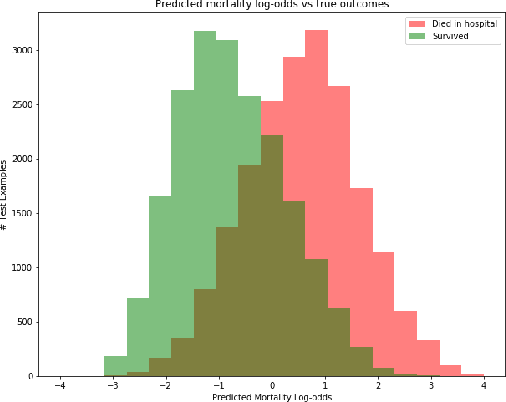Andrew Ross
Learning Key-Value Store Design
Jul 11, 2019



Abstract:We introduce the concept of design continuums for the data layout of key-value stores. A design continuum unifies major distinct data structure designs under the same model. The critical insight and potential long-term impact is that such unifying models 1) render what we consider up to now as fundamentally different data structures to be seen as views of the very same overall design space, and 2) allow seeing new data structure designs with performance properties that are not feasible by existing designs. The core intuition behind the construction of design continuums is that all data structures arise from the very same set of fundamental design principles, i.e., a small set of data layout design concepts out of which we can synthesize any design that exists in the literature as well as new ones. We show how to construct, evaluate, and expand, design continuums and we also present the first continuum that unifies major data structure designs, i.e., B+tree, B-epsilon-tree, LSM-tree, and LSH-table. The practical benefit of a design continuum is that it creates a fast inference engine for the design of data structures. For example, we can predict near instantly how a specific design change in the underlying storage of a data system would affect performance, or reversely what would be the optimal data structure (from a given set of designs) given workload characteristics and a memory budget. In turn, these properties allow us to envision a new class of self-designing key-value stores with a substantially improved ability to adapt to workload and hardware changes by transitioning between drastically different data structure designs to assume a diverse set of performance properties at will.
Improving Sepsis Treatment Strategies by Combining Deep and Kernel-Based Reinforcement Learning
Jan 15, 2019



Abstract:Sepsis is the leading cause of mortality in the ICU. It is challenging to manage because individual patients respond differently to treatment. Thus, tailoring treatment to the individual patient is essential for the best outcomes. In this paper, we take steps toward this goal by applying a mixture-of-experts framework to personalize sepsis treatment. The mixture model selectively alternates between neighbor-based (kernel) and deep reinforcement learning (DRL) experts depending on patient's current history. On a large retrospective cohort, this mixture-based approach outperforms physician, kernel only, and DRL-only experts.
 Add to Chrome
Add to Chrome Add to Firefox
Add to Firefox Add to Edge
Add to Edge